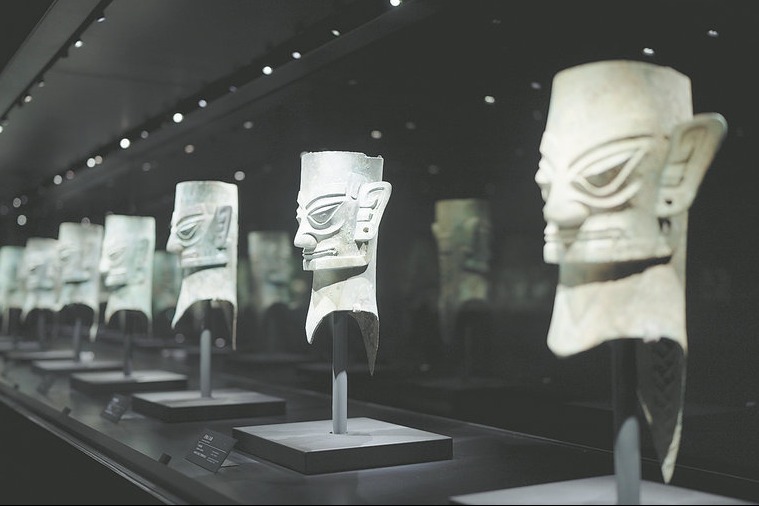The fatal journey to the United States
CGTN | Updated: 2022-10-10 08:24

"There are so many bodies being recovered that the morticians are asking for assistance," said Manuel Mello III, the Eagle Pass Fire Department Chief, referring to the horrendous number of migrant drownings he witnessed over the US-Mexico border. "We do a body recovery daily. It's very traumatic for my personnel."
The journey ahead for those South American migrants is not easy. According to Pastor Hector Silva, who runs shelters in the northern Mexican border city of Reynosa, there are 12,800 migrants waiting for a small number of entries in Reynosa alone, while struggling to survive with limited facilities and supplies. Otherwise, they will have to choose "more distant and dangerous routes to come to the United States."
In July, the US Border Patrol made more than 181,000 arrests along the southern border. The arrested are lucky enough, as nearly 750 migrants died at the same border in this fiscal year, a new record that surpasses last year's total by more than 200, according to CNN. Despite such a fatal journey ahead, millions more follow in their predecessors' footsteps each year and try their luck at pursuing the American dream on the other side of the border.
In the endless partisan rivalry in the United States, few politicians care about the fate of illegal migrants who risk their lives to cross rivers or get bullied at the border.
Even if some get the bless with fortune and made it to the United States, they might also find, surprisingly that their American dream remains elusive. In September last year, a video sweeping the Internet shows US Border Patrol agents using whips and horses to drive defenseless Haitian migrants, even though their arrival at border entry points and request for asylum were legal. Many were shocked by the sharp contrast between the fierce agents waving whips and shouting on the horse back, and the helpless, soaked migrants fleeing into the water wearing only slippers. This scene reminds people of nothing but the long dark American history of brutal slavery.
Over the years, illegal migrants from Guatemala, Honduras, Venezuela and other Central and South American countries and Caribbean countries such as Haiti have fled their homeland and come to the United States at the risk of their lives. However, when the United States loses its head solving the migration issue over decades of years, it should realize that no matter how many resettlement plans are introduced, the problem can never be solved, as the United States is only suppressing the symptom without treating the condition.
Since the "Monroe Doctrine" was introduced in 1823, the United States has intervened in South America more than 30 times, forcibly exporting US-style democracy, practicing economic plunder, and even inciting regime subversion. Many South American countries ended up as sources of raw material and cheap labor controlled by the United States, and have long been trapped in the conundrum of political turmoil, economic stagnation and social division.
In addition, the United States imposes long, unreasonable sanctions against countries in South America, significantly undermining local economic development and nation-building. Take Venezuela as an example. Its government revenue has dropped by 99 percent compared with before the sanctions, and its public services have nearly collapsed due to insufficient funding, according to Alena Duhan, the UN Human Rights Council's Special Rapporteur on the negative impact of unilateral coercive measures on human rights.
South American countries, maybe rightly described by the expression, are "so far from God and so close to the United States."
The author Xin Ping is a commentator on international affairs who writes regularly for CGTN, Xinhua, and Global Times.
























